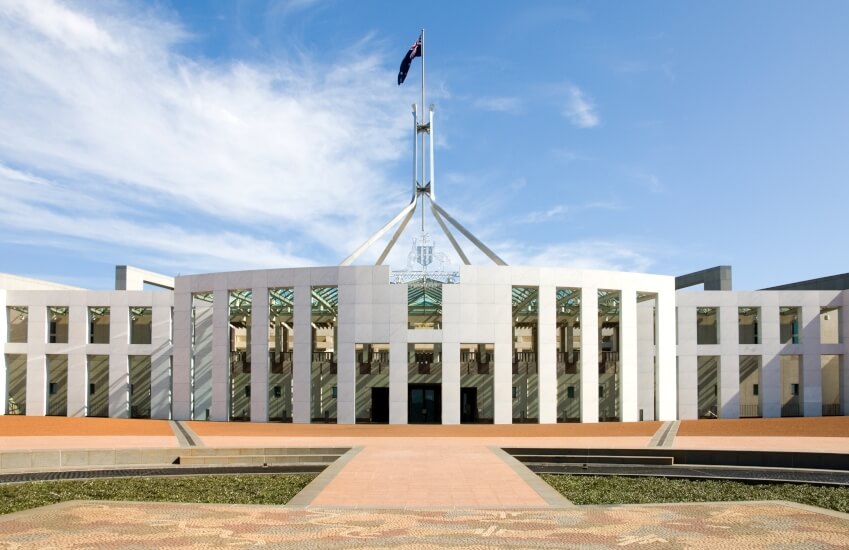Treasury proposes framework for three-year audit cycle
Treasury has released further details on the proposed three-yearly audit cycle including eligibility criteria and transitional arrangements which could see the sector split into thirds.
This morning Treasury released a consultation paper on the proposed three-yearly audit cycle for SMSFs with good record keeping and compliance.
Transitional arrangements
The paper said that transitional arrangements may be needed to “assist the SMSF audit industry to adjust to changes to workflow associated with SMSFs transitioning to three-yearly audit cycles.
One of the transitional arrangements suggested in the paper is to split the SMSF sector into thirds, with staged eligibility for audit between 1 July 2019 and 1 July 2021.
“Another option is to split the SMSF sector on the basis of good record keeping, with more timely and compliant SMSFs eligible on 1 July 2019, and less timely and compliant SMSFs becoming eligible at a later date,” the paper suggested.
Treasury noted in the paper that while this “would reward timeliness and compliance, [it] may be harder to administer.
Eligibility criteria
The paper also stated that eligibility for a three-yearly audit will be based on self-assessment by SMSF trustees.
“However, if the ATO becomes aware that a SMSF trustee has incorrectly assessed their eligibility for a three-yearly audit cycle, has failed to submit a SMSF annual return (SAR) in a timely manner or has failed to procure an audit in a year of a key event, the ATO will notify the trustee that an audit is required and consider further action if necessary,” the paper stated.
Eligibility for the measure will be based on two factors including good record keeping and compliance, and key events.
“SMSFs will have to meet eligibility criteria of timely submission of SMSF annual returns and three consecutive years of clear audit reports to move from an annual audit cycle to a three-yearly audit cycle,” the paper explained.
An SMSF on a three-yearly audit cycle will also need be audited in a year in which a key event occurs, with such audits covering all years since the previous audit.
“If a key event falls in a year when a SMSF is not otherwise required to be audited, the SMSF will be required to obtain an audit before submitting that year’s SAR. An audit conducted due to a key event will be required to cover all financial years since the SMSF’s last audit,” the paper said.
Some examples of possible key events include:
- The commencement of a superannuation income stream by a member for the first time;
- The death of a member;
- The addition or removal of a member;
- Receipt of non-arm’s length income (NALI);
- Commencement or maintenance of a limited recourse borrowing arrangement (LRBA);
- Acquisition of an asset from a related party; investments, loans or leases with a related party; or
- In-species lump sum payments to a member.
“After the occurrence of a key event, if the audit does not result in an ACR, the SMSF may continue to be eligible for a three-yearly audit cycle,” the paper said.
“This means that, as long as no other key events occur in the next three years and the SMSF continues to meet good record keeping criteria, the SMSF will next require an audit three years after the ‘key event’ audit.
Treasury is proposing that an SMSF with a history of three consecutive years of ‘clear audit reports’ be defined as a SMSF without any financial or compliance contraventions issued in an ACR in the previous three years.
“While a ‘clear audit report’ could be defined differently, for example as an unqualified audit report, use of the ACR is straightforward and an existing part of SMSF regulation,” the paper said.
The paper said there are a range of options for what constitutes timely submission of SMSF annual returns including:
- An SMSF that has never submitted a late SMSF annual return
- An SMSF that has not submitted a late SMSF annual return in the last three years; to
- An SMSF without any outstanding SMSF annual returns
“ATO data indicates that the definition of a timely submission of a SAR could have a large impact on eligibility, with 40 per cent of SMSFs submitting a late SAR on at least one occasion in the three financial years from 2013-14 to 2015-16,” the paper noted.
“SMSFs that move to a three-yearly audit cycle will be required to continue to submit the fund’s SARs in a timely manner to remain on a three-yearly cycle.”
Next steps: key consultation questions
Treasury is consulting on a range of questions including how audit costs and fees expected to change for SMSFs that move to three-yearly audit cycles.
It is also seeking feedback on whether an alternate definition of clear audit reports should be adopted and what the most appropriate definition of timely submission of an SMSF annual return is.
It has also asked what should be considered a key event for an SMSF that would trigger the need for an audit report in a particular year, based on what events present the most compliance risk.
The paper also asks for feedback on whether arrangements be put in place to manage transition to three-yearly audits for some SMSFs, and if so what metrics should be used to stagger the introduction of the measure.
The closing date for submissions is 31 August 2018.
More to come.

Miranda Brownlee
Miranda Brownlee is the deputy editor of SMSF Adviser, which is the leading source of news, strategy and educational content for professionals working in the SMSF sector.
Since joining the team in 2014, Miranda has been responsible for breaking some of the biggest superannuation stories in Australia, and has reported extensively on technical strategy and legislative updates.
Miranda also has broad business and financial services reporting experience, having written for titles including Investor Daily, ifa and Accountants Daily.








